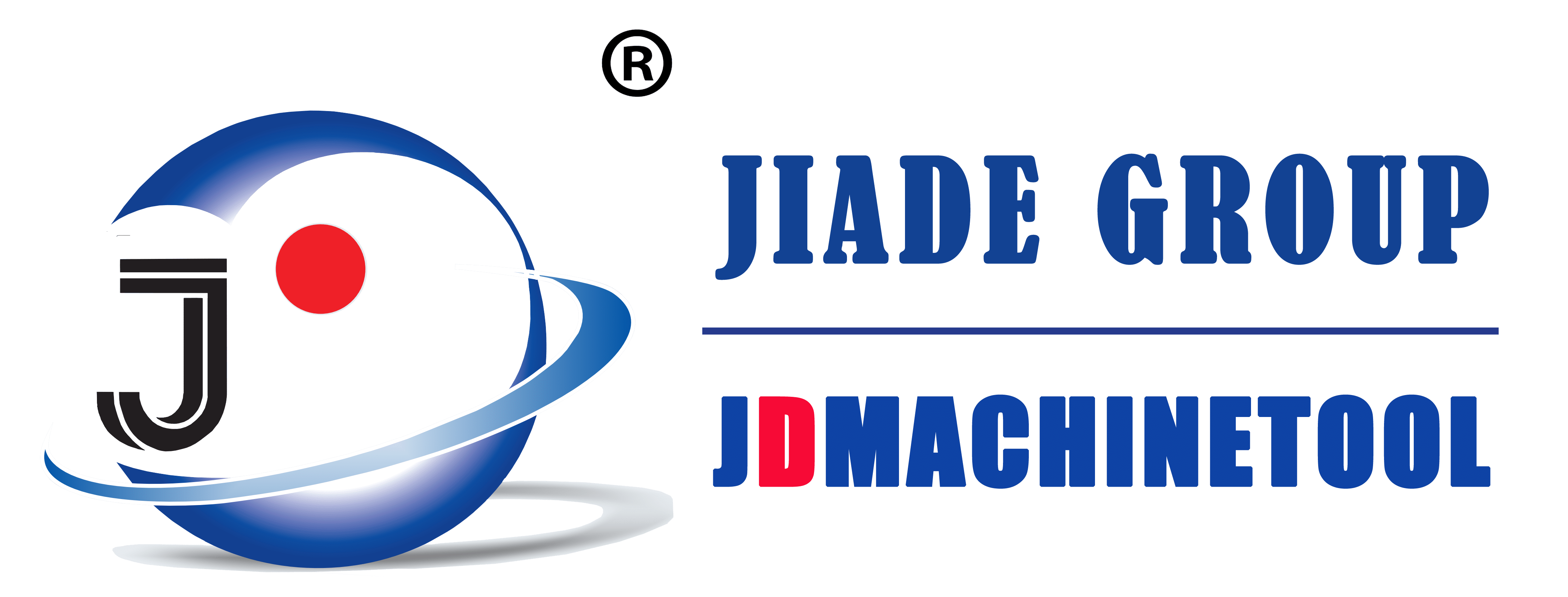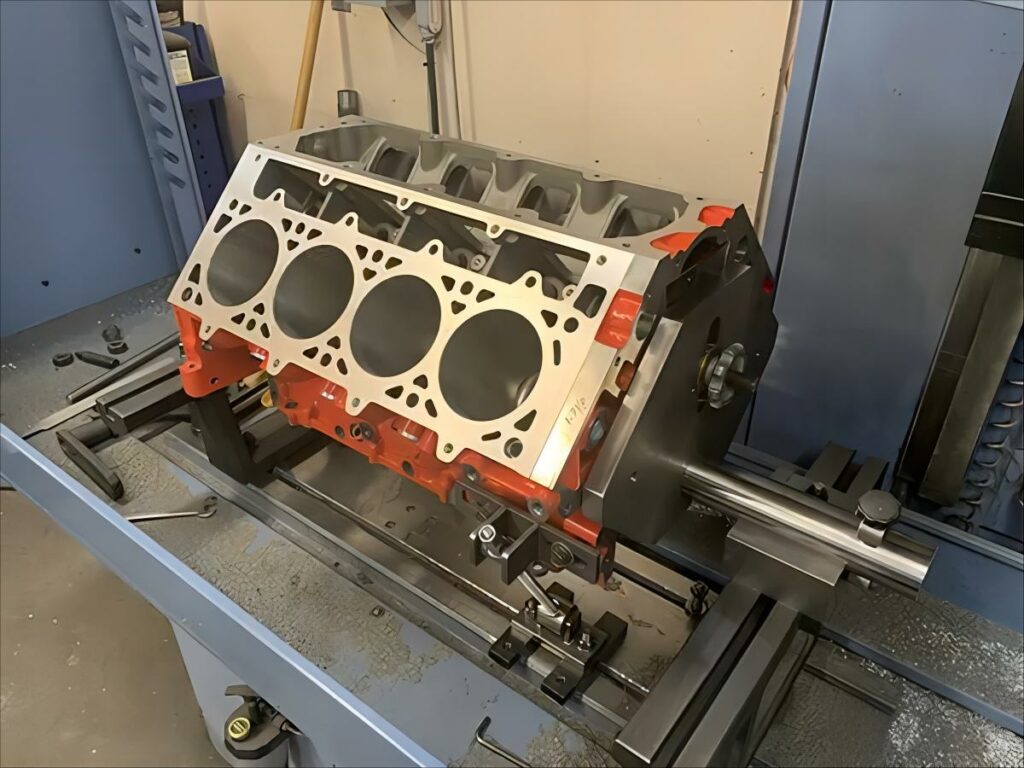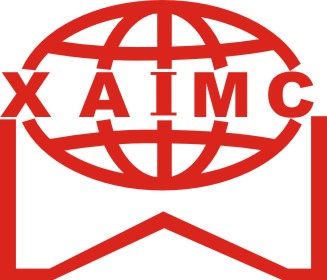Choosing the Correct Block for Your LS Engine Build
Whether you’re scouring junkyards, ordering cores, investigating factory options, looking at aftermarket cast iron or aluminum blocks, or spending big bucks on billet LS blocks, you’ve probably noticed it’s been harder to find exactly what you want for the foundation of your LS build than it historically has.
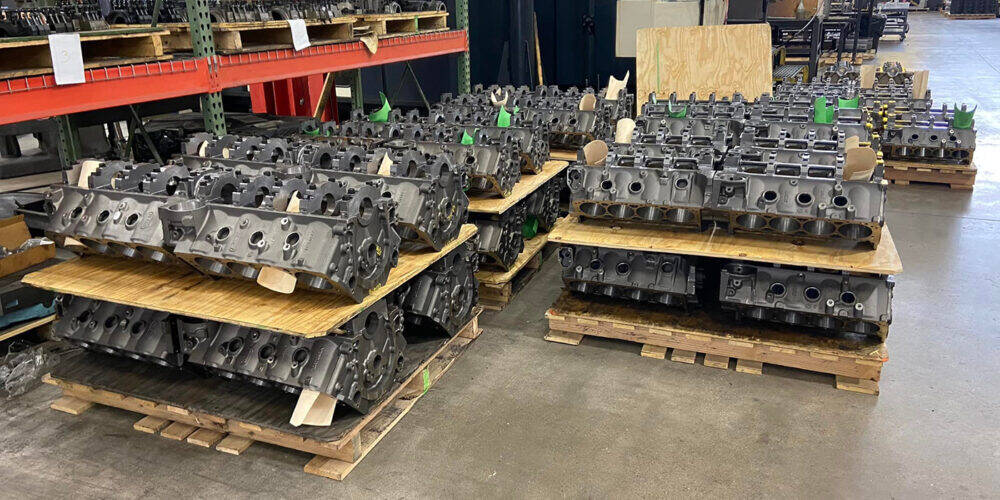
Has it become more difficult?
As we’ve often written about in the pages of Engine Builder, and certainly in recent LS-focused issues, the LS engine family is still a hot commodity. The reasons are many and those reasons are valid. However, as that popularity has remained high from more and more people seeking an LS engine build or doing an LS swap or boosting a junkyard find, the availability of LS blocks are taking a hit. The result has been higher prices in some cases and longer waits in others, leaving people with a more difficult choice.
Related Articles
As certain LS blocks get more scarce, and some from GM even being discontinued, I wanted to highlight what engine builders had been seeing in the market and what they’ve been doing to continue to fulfill customer builds and goals. The one thing that hasn’t changed? It still all depends on application and budget.
Availability
Whether you’re scouring junkyards, ordering cores, investigating factory options, looking at aftermarket cast iron or aluminum blocks, or spending big bucks on billet LS blocks, you’ve probably noticed it’s been harder to find exactly what you want for the foundation of your LS build than it historically has.
“Certain LS engine cores are getting harder to find,” says Chris Wright of Pro Car Associates in Akron, OH. “Fortunately, I was able to accumulate quite a few cores over the last few years. However, I know from everybody calling looking for them, it’s getting harder and harder to find core blocks. Prices have started going up too, but they’re out there. You’ve just got to really look and you’ve got to know the right people to call.”
Because demand is still so high, the sources of LS blocks have been harder to come by. Even GM, according to some close to the OEM, say GM may discontinue the cast LSX block. GM already discontinued its LS7 crate engine and the Gen III iron block, which only adds to the scarcity.

“The Gen III iron block is tough to find where I am,” says Graham Jones of FastTimes Motorworks in Rolling Meadows, IL. “It may be wildly different in different parts of the country, but the Gen IIIs have gotten ridiculously pricey out in the general marketplace for cores.
Gen IVs have been pretty easy for me to come by – at least the iron blocks. The aluminum stuff isn’t nearly as popular here.
“I always order iron cores, so I always have them here at the shop. I haven’t really had much of an issue getting them from my supplier, so that hasn’t really been a problem. I have a decent inventory of Dart blocks here as well, but I know there are guys struggling to find cores.”
When it comes to cores, Jones says the 6.0L has been more popular than the 5.3L, and aluminum cores are more difficult than cast iron options. Due to some of the struggles of finding cores, most people have been opting for new factory block options and aftermarket block options. But, even there, factory options have become more scarce and aftermarket blocks from Dart, in particular, have seen wait times of 6 months or even as much as a year due to ongoing pandemic issues and high demand.
“These LS blocks are definitely getting a little more difficult to find,” Jones admits. “People are putting a higher price tag on a lot of this stuff, which doesn’t really make it more beneficial to run a stock block based on the money savings. On the other hand, Dart is having a real tough time getting castings and being able to produce their product, so that makes it difficult as well. We’re still playing the whole game of what can we find and what can we do.”
Factory vs. Aftermarket
To answer that question, despite the lead time you’ll have on the order, Wright says he’d opt for a Dart LS block and be done with it.
“For your basic hot rodder looking for an LS block and a nice performance build, I would just go with Dart’s LS Next block and be done with it – they’re very good,” he says.
Both Wright and Jones agree that Dart makes an excellent aftermarket option, and it improves deficiencies seen in the factory GM blocks.
“As far as cast LS blocks go, Dart is one of the only ones out there,” Wright says. “Dart kind of nailed the aftermarket on that. The problem with the GM blocks are the sleeves. The cylinder wall thicknesses are all over the place. Today, it’s all about cylinder pressure, so the factory blocks are not the greatest for all that.
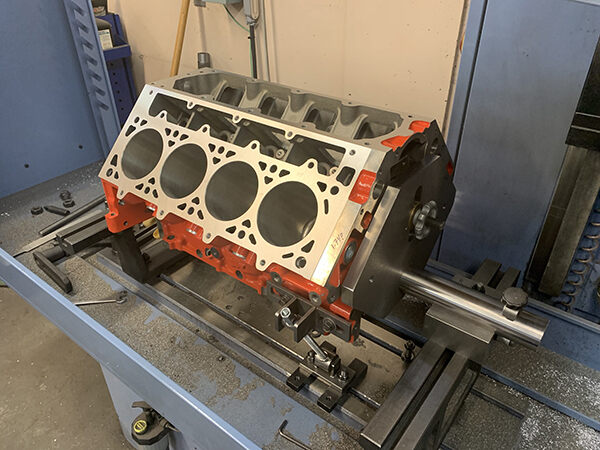
“If you can get your hands on a cheap factory block and you can put Darton sleeves in and upgrade that, it’ll work great. However, you’re going to put some money into it, so there’s a tradeoff. Between sleeves and machining, you’re investing $2,000-$2,500 into that block, while a brand-new block might run you $3,000.”
Jones agrees that the price difference between factory and aftermarket block options is nominal in the grand scheme of an engine build that could produce 1,200-1,500 horsepower, and for that reason, a Dart block would be his preference, and he’d choose cast iron over aluminum.
“Anybody doing something that’s pressurized, whether a blower or turbo or what have you, goes cast iron,” Jones says. “However, there are a handful that still want to stay with the aluminum just because of the weight savings, but I think the iron block is a better piece. The factory stuff has its place for certain applications, but with the ability to make power with turbos and blowers, you can wildly exceed that threshold pretty quickly.
“For aluminum blocks it depends on engine size. If we’re trying to build a big engine, a 427 or 454 using a 6.0L and putting a bunch of stroke in it, you start getting to the point where it’s mechanically inefficient. You start having to get a really short pin height, especially if you’re trying to do anything that has a power adder. You get into an area where it’s not going to last very long.
“The prep on a factory block versus an aftermarket block is essentially the same, but the durability and longevity of an aftermarket block is going to be better. Where I see the difference is if you’re trying to make a bunch of power, you’re going to reach a point where you’re either going to break the block or something is going to give up in the factory block just because the stuff wasn’t designed to make 1,500 horsepower. There’s a lot of guys who do it and they make a mountain of power, but at what point is it going to fail?”
Wright and Jones gave several reasons for liking the Dart block over a factory option, such as a better oiling system/passages, larger main bolts, a better main cap, and thicker cylinder walls. You’ve got a lot more strength built in with aftermarket blocks versus factory.
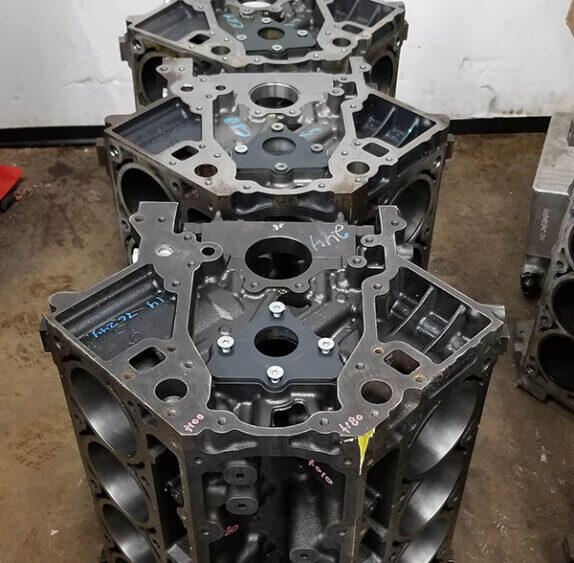
While Dart does have a majority of the market share on cast iron LS blocks, companies such as World, RHS, Bill Mitchell, Concept Performance, Baker Engineering, and others, offer some solutions too.
“At the end of the day, you’re talking probably $1,600 difference between a factory block and a Dart,” Jones says. “That buys you something that’s kind of bulletproof for what you’re doing.”
That said, factory blocks can be great options for smaller displacement and lower horsepower levels, but you can only push it so far before a builder can no longer stand behind it lasting.
“If you’re staying under 410-415 cubic inches or so and you’re not trying to make more than 1,200 horsepower, you’ll be fine with a factory iron block,” Jones says.
If it’s not a Dart, Chris Wright says he’ll often use a factory LS7, LSA or LT block. He likes these options for the oil squirters on the underside of the piston. But again, if power levels exceed 1,200 hp, both builders tend to go to the aftermarket block options, and both prefer cast iron to aluminum foundations.
As mentioned, some folks in the past number of years have found LS engines in the junkyard and have opted to put boost to them and try to make gobs of power. In some cases it has worked, but in most, it’s just a matter of time before it goes boom.
“People forget that just because you found it that doesn’t mean it’s any good for what you want to do,” Wright says. “You’ve got to look at it from a durability standpoint. When everybody was buying junkyard stuff, everybody was accepting the fact that they bought a whole engine for $700. They turbocharged it, made 1,000 horsepower, and it likely lasted them a year before they blew it up. The reality is, things are going to eventually happen whether you like it or not. You can only do so much and the cylinder wall thickness and some of the oiling passages is where the GM block kind of gets a little weak for really high-performance stuff. If you’re looking at 1,200-1,500 hp or more, you’re really pushing the limits, and it’s just a matter of time before something fails.”
Of course, anyone who’s been around LS engine builds for a while knows that 1,500 horsepower is just the tip of the iceberg with today’s component technology, but you’ll soon find yourself in need of a billet LS block to reach the truly crazy horsepower levels.
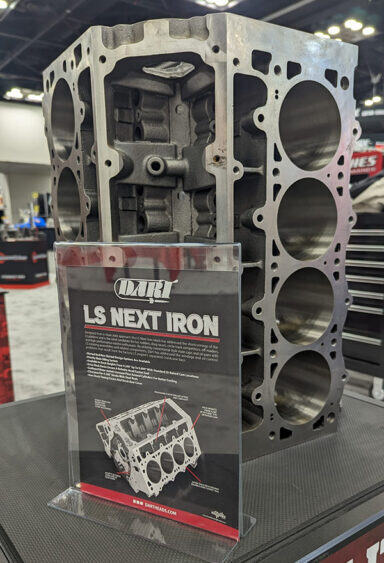
“If you’re going to race and go crazy, you need that billet strength,” Wright says. “That’s a way stronger block and it’s lightweight and you can throw so much power and boost at it. If I’m in an all-out race blown application or turbocharged on alcohol, then I’m going to use a solid billet block. There are also companies that make those blocks with water. They’re expensive – you’re going to pay a small fortune.”
As stated earlier, and what is always the case, it’s the end goal that ultimately is the deciding factor for what style of block is right for you. Price is secondary, and like most things, you get what you pay for with blocks too.
“It’s all about what you want to do with it,” Wright says again. “For streetcar stuff, most of those factory blocks are going to be just fine for whatever people are doing. I’ve beaten the crap out of those things and I haven’t hurt one yet. But, if you’re looking to do a build and you still have to find a block, I’m first going to look at Dart. That would be my first choice.
Now, if I’m alcohol boosted blown and money is not an issue, then I’m going to look at a billet block. If money is an issue, the Dart cast iron block and the LSX from GM are similarly priced. And if you’re going to make some power in that 1,500 hp range, finding a 6.2L block or an LSA to put Darton sleeves in is an option too.”
Whatever route you choose for your LS block, just keep in mind that a higher price, a longer wait or a harder search for the right block option might become more normal.
